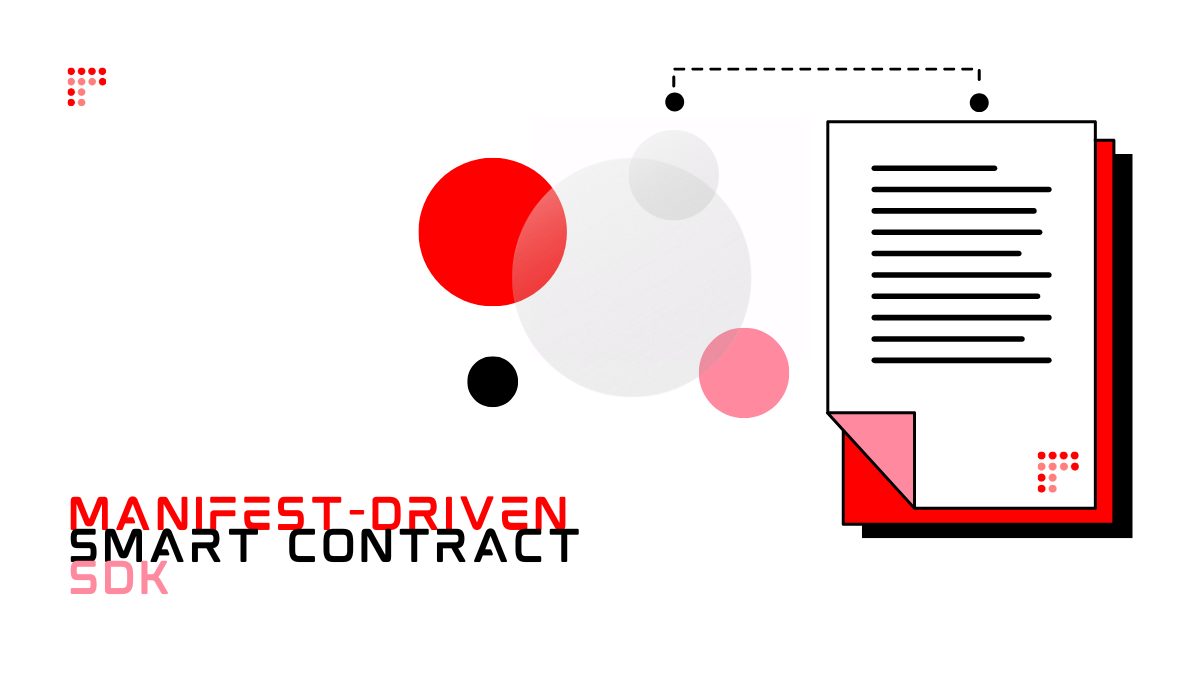Many aspects exist whereby web3 builders can customize tokens for their applications to suit their specific business logics. They fall into three main categories: mint and sale strategies, token configurations, and drop operations. In this article, we present a quick overview of them.
Mint & Sale Strategies
“Minting” refers to the process of creating a unique, new token on a blockchain. Once the NFT is minted, it is assigned a unique identifier on the blockchain, which makes it easy to track ownership and verify its authenticity.
Mint Type
Mint type refers to specific method or process used to mint an NFT. Direct mint is the most common method, where an NFT is minted on the blockchain as it is created.
In contract, with lazy mint an NFT is minted only when it is first sold. This saves energy and gas fees and makes it much more scalable to run a token shop or marketplace.
Whitelisting
Token sales can be made private or public. In a private sale, only whitelisted wallets can make purchases. With soul-bound tokens, it is also possible to enforce whitelisting beyond the initial sale.
Whitelisting can also be applied on the token level, meaning that each whitelisted wallet can purchase only one or a subset of the tokens available. Web3 diploma certificate is an area where this may be used.
A private sale can also be token-gated. This means that only those who hold certain “access” tokens can make further purchases. For example, some privileges can be made exclusive to club members in this way.
Lastly, whitelisting can be applied as discounts with the same scopes mentioned above.
Sales strategies
Several sales options exist beyond the traditional “direct sale” approach.
In a random sale, the purchaser gets a random token from the collection. This can be supplemented with delayed reveal so that the exact content of the token is not revealed to purchaser immediately.
In an auction, the final sale price is dynamic. Indeed, other ways to anchor the price dynamically also exist, including those that involve verified off-chain data such as ESG performance.
Crowdfunding is a unique sales strategy, where an escrow is used and the sale is finalized only when all tokens are sold within a time period. Otherwise, every sale is rolled back.
Lastly, restrictions can be placed on a per-wallet level to limit the number of tokens that each can purchase.
Token Configurations
The tokens themselves can be customized by taking into consideration the nature of their contents, intended use cases, and target community, etc.
Metadata
While the most basic metadata structure of tokens involves simple texts and values, a richer array of data may be necessary to provide interesting functions. Examples include image or media as well as legal and IP documents.
Storage Type
The metadata of tokens can be stored in either centralized or decentralized manner. In the former, simple cloud storage is usually used. For the latter, IPFS, which is a distributed peer-to-peer protocol and network designed to create a permanent and decentralized method of storing and sharing files, is common.
IPFS stands for InterPlanetary File System. Whereas in the centralized storage files are stored on a central server and accessed by clients requesting them, with IPFS the files are distributed across a network of nodes, making it possible to access them from multiple sources. Each file is assigned a unique identifier called a content-addressed hash, which makes it easier to retrieve and verify the file's contents. IPFS provides several benefits, including increased efficiency, speed, and security.
Blockchain Network
Different blockchain networks have somewhat different value propositions and communities. Some offer faster and/or cheaper transactions, while others excel in having large communities and/or more stable token prices.
Drop Operations
The third part of configurations for web3 tokens covers how token distribution is handled.
Split and Royalties
As its name suggests, split refers to how the income from the sale of a token is distributed among preset wallets automatically. An interesting aspect of using NFTs as the medium for art and other copyrighted materials is that royalties can also be set for the secondary market: That is, whenever the NFT changes hands the split is executed so that the seller (previous owner) is not the only one receiving funds. Indeed, s/he receives only the portion of the sale minus royalty and potential administrative fees.
When configuring drop operations for the smart contract that generates the tokens, you can use these splits to securely distribute future incomes among various stakeholders.
Reveal mechanism
Reveal mechanism refers to how the content of a token is revealed to the buyer after purchase. While immediate reveal gives the buyer immediate access to the contents, delayed reveal sets an interval before this is possible.
Delayed reveal is usually used in conjunction with random sale. This way, buyers will not be dissuaded from purchases if the exact token that they wish to buy has already been sold.
FeverTokens’ sophisticated no-code web3 framework supports the richest set of configurations of any no-code web3 framework on the market today. For example, we are one of the first to allow builders to embed legal and IP documents to their NFTs. We have also partnered with Kleros to ensure that royalty splits on the secondary market can be enforced even when the platform on which the transaction takes place may attempt not to honor it.

- © 2025 FeverTokens
- 38 rue Jean-Mermoz, 75008, Paris, France



